I have Nginx Poxy Manager and a helloworld-http container running in the same bridged network.
A proxy host has been setup for some domain to hit the proxy server, and it's configured to hit the hello server inside the bridged network.
Inside the container running the proxy, the target is reachable and the response confirms the system name:
While the generated nginx config for the proxy looks to be correct as well:
/data/nginx/proxy_host/2.conf
server {
set $forward_scheme http;
set $server "hello";
set $port 80;
listen 80;
listen [::]:80;
server_name somedomainbeingused.com;
I found this question stating the host has to have an index.html and confirmed the test server will respond to that as well
I've even checked that the browser is not auto updating the protocol to https.
All the stars here seem to line up so, what am I missing?
EDIT: upon further review i've checked the logs and it seems curious.
0000/00/00 00:00:00 [error] 97162#97162: *1575 hello could not be resolved (3: H
ost not found), client: 10.4.2.1, server: somedomainbeingused.com, request: "GET
/ HTTP/1.1", host: "somedomainbeingused.com"
What doesn't make sense about the error is i've confirmed the host (hello) is reachable from the container hosting the proxy (where the log was generated).

